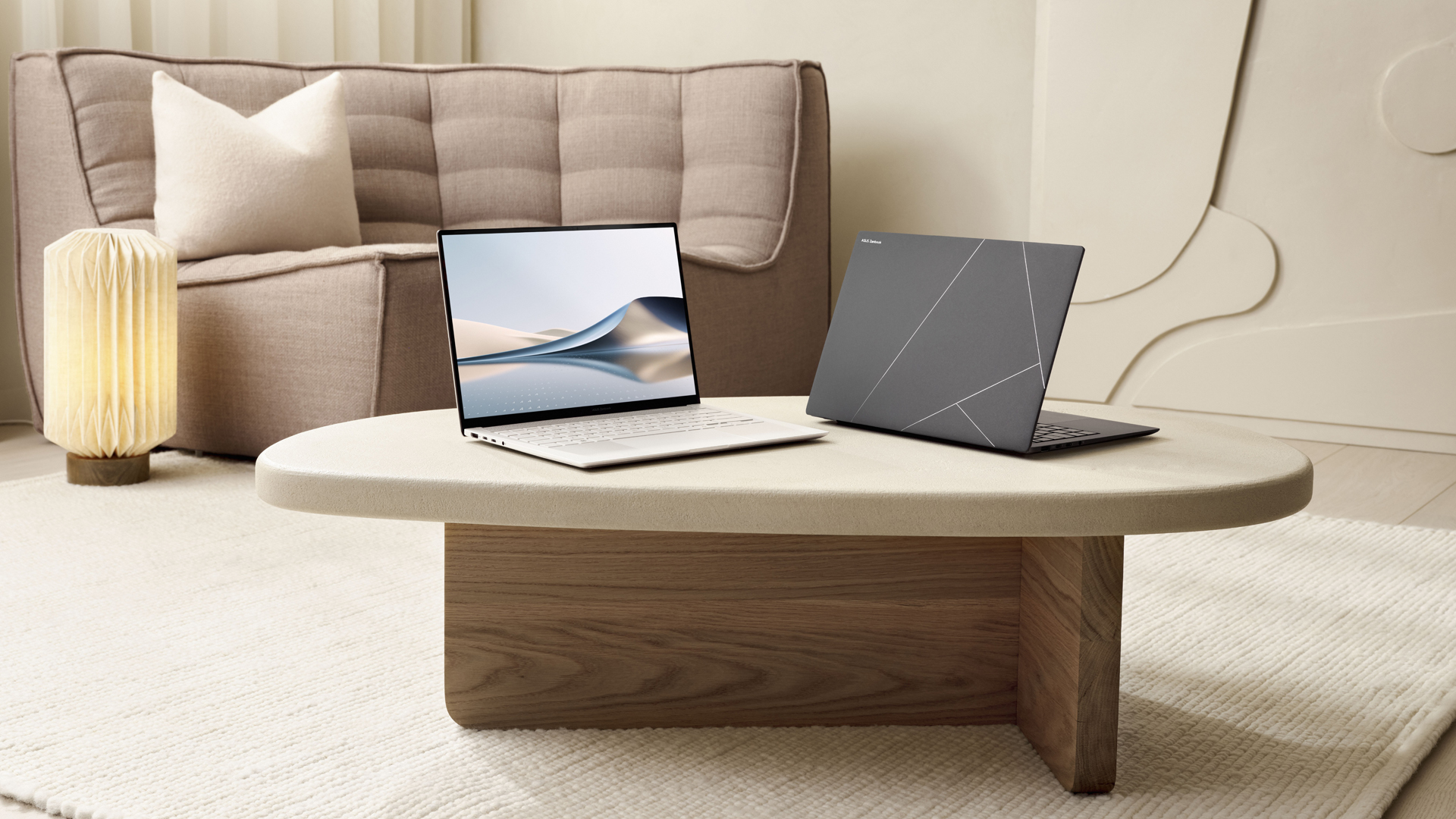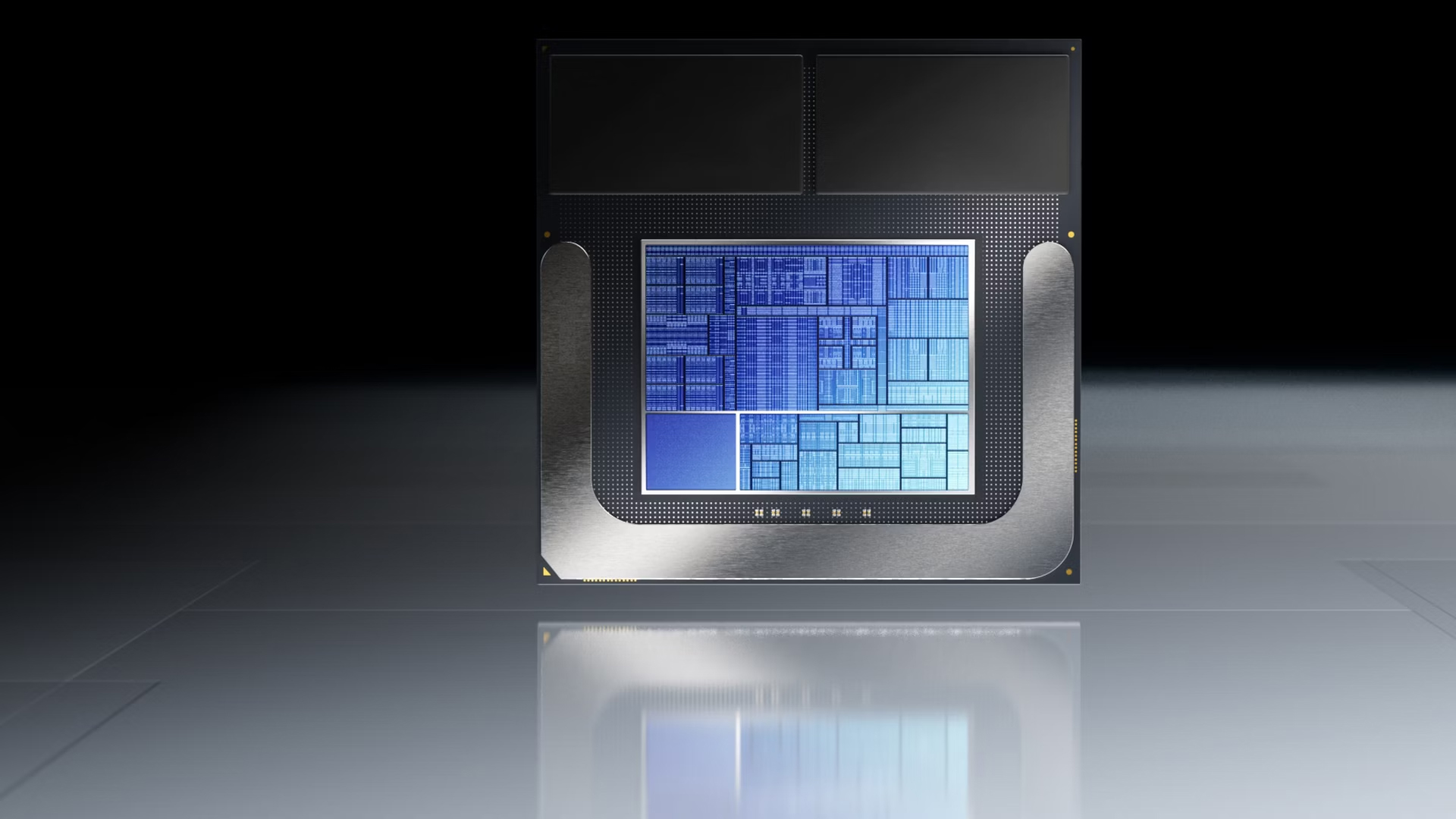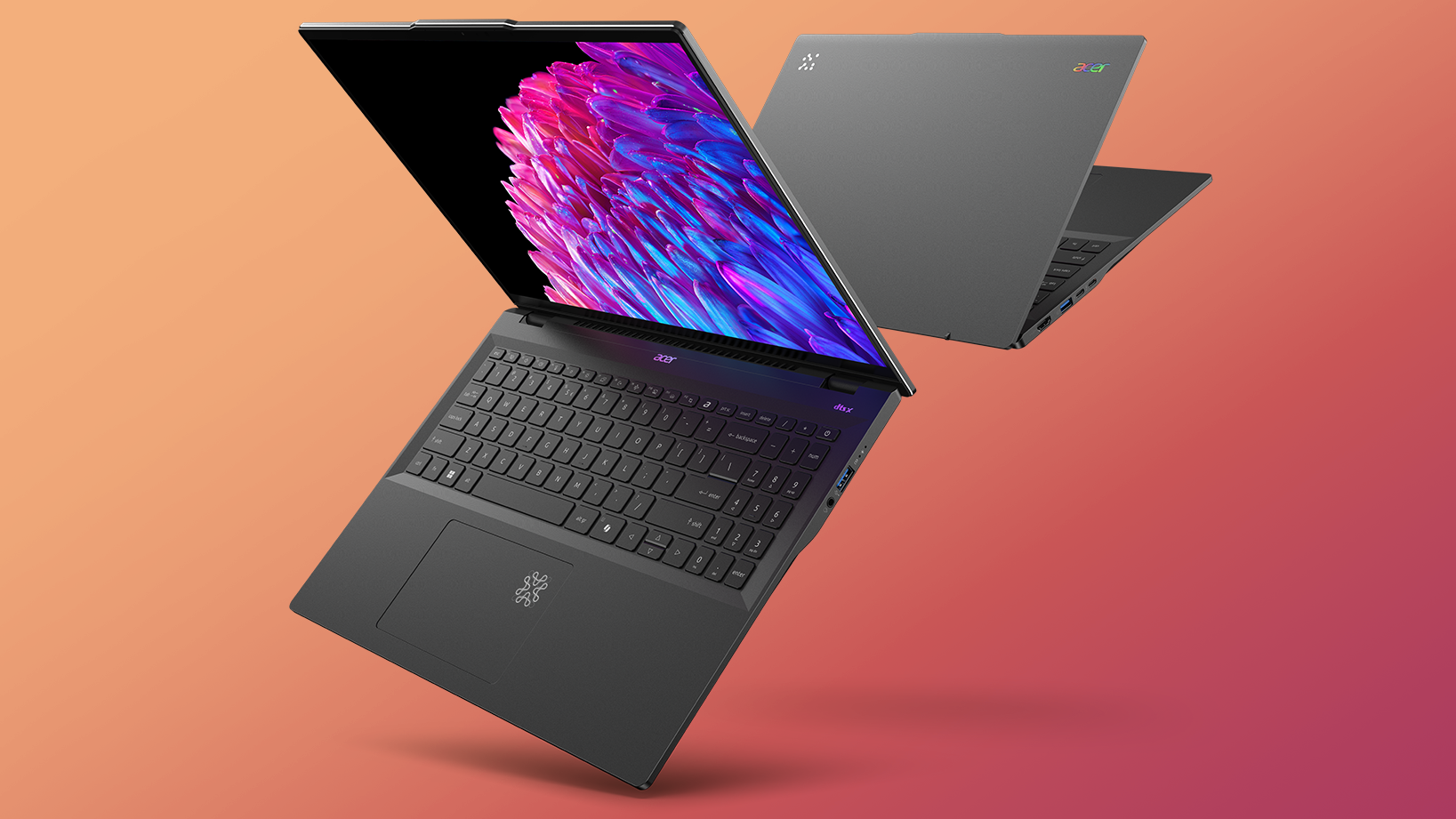
It was always clear that 2024 was going to be an important year for Windows computers, as the wide range of manufacturers, hardware providers and Microsoft itself, realigned to take on the competition posed by Apple's MacBook family and potentially result in some of the best laptops we've seen.
In 2020 when Apple Silicon was announced, we got a demonstration of how powerful the closed ecosystem can be for the company. Apple slickly made the move over to different hardware for the MacBook, doing something that Windows has attempted on several occasions since 2012.
For Windows, everything is more complicated, as there are a wide range of manufacturers, many hardware choices not to mention Microsoft itself – and everything has to work together. Intel has its part to play in this transformation, and the Core Ultra Series 2 is at the heart of it.
Core Ultra Series 2 powers Intel back into contention

Intel has been central to Windows for the last couple of decades, powering devices with its x86 architecture. The challenge, for Intel, has been to adapt its hardware to compete with the competition from ARM hardware. The two aren't directly compatible though, which is where heads have clashed. That ARM hardware comes from Qualcomm with its Snapdragon X Elite Series, which we've seen produce great results in the Surface Pro 11, for example.
The Series 2 hardware – codenamed Lunar Lake – made significant changes to boost performance. The headline figures here are a 40% reduction in power consumption, an NPU that's 4x more powerful for running AI applications, and an average 30% boost in graphics performance compared to the previous generation.
Importantly, Intel is delivering this performance shift without changing the architecture, thereby avoiding any compatibility problems that might be associated with ARM hardware – and this is a key point. Applications and everything will run as you expect, no compromise.
How does Intel Core Ultra Series 2 compare to Snapdragon X Series?

At IFA 2024, Cristiano Amon, Qualcomm CEO, exclaimed during his keynote presentation: “I like this competition!” That's what we're really witnessing here: for the first time in a long time, there's competition in laptop hardware and that's going to be great for customers.
Intel fired some early shots, showing that its graphics performance was better than Snapdragon's, while pointing out that 23 of the games they benchmarked wouldn't run on ARM hardware.
Qualcomm fired back a day later, pointing out that Intel had benchmarked its top hardware against the lowest level of Snapdragon X Plus – and that those benchmarks aren't a true reflection of the comparison. I expect the back-and-forth between Intel and Qualcomm to run for some time.
Importantly, however, that topic of compatibility remains. Intel will offer better Day 1 support for games than Snapdragon, thanks to the x86 architecture – and that will be an important factor for those wanting a thin and light laptop that's going to be used for gaming. Equally, if you run older apps from small developers, it's just going to work on Intel's new hardware – and might work on Snapdragon with emulation, but some apps just won't work at all.
Of course, the AMD Ryzen AI hardware is also built on x86, adding a third option for next-gen laptop hardware. So it's not an Intel exclusive space by any means.
What about Intel Core Ultra battery life?
Intel says that the Series 2 Core Ultra is the most efficient x86 processor ever, reducing the power consumption by up to 50% in some cases.
There are efficiencies built all across Lunar Lake and that will give you up to 20 hours of battery life – with Intel saying that this was 20 hours of work, not just 20 hours of video watching with a dimmed display.
What Intel Core Ultra Series 2 laptops are available?

To give you a flavour for the hardware that's coming, powered by Intel Core Ultra Series 2, here's a non-exhaustive run-down of laptops announced so far. Not all prices have been confirmed at the time of writing.
Acer Swift 14 AI and Swift 16 AI
The Acer Swift 14 AI had already been announced as a Copilot+ PC with Snapdragon, but has now expanded to include an Intel Core Ultra Series 2 model. Expanding the family, a 16-inch model joins the selection, which is only available with Intel power. It costs from $1,199 / AU$1,899.
Asus Zenbook S14 and S16
Asus is pushing thin and light with this Intel-powered Copilot+ PC, weighing 1.2kg and only 1.1cm thick (the S14). There's an OLED display with options for 14- or 16-inch sizes. It costs from £1,499 / $1,399.
Asus Vivobook 14/16 Flip
As the name suggests, the Asus Vivobook 14/16 Flip has a more flexible display that folds back on itself to create a tablet mode and comes in 14- or 16-inch sizes, with an OLED display so it looks glorious.
Dell XPS 13
Dell has refreshed the XPS 13 with Intel Core Ultra Series 2 giving you that slim and seamless finish but now with the latest power. It will cost from $1,399.
Lenovo Yoga Slim 7i Aura Edition
Lenovo and Intel have a deeper collaboration on Core Ultra Series 2, creating “Aura Edition” that has additional features, such as Smart Modes, Smart Share and Smart Care. The Lenovo Yoga Slim 7i Aura Edition is slim and light with a 15-inch LCD display. It starts from £1,399.
MSI Claw 8 AI+
Okay, so technically it’s not a laptop – there are laptops in MSI’s Venture range that are Core Ultra 2 powered – but I thought I’d give an honourable mention to the Claw 8 AI+. Using Intel Core Ultra Series 2 in this handheld gaming device ensures compatibility with all those existing PC games, but whether the Claw can win back fans is another question.
Samsung Galaxy Book5 Pro 360
Samsung has expanded its Copilot+ PC range with the Galaxy Book5 360 and comes with a 16-inch display with an S Pen in the box for added input options, while that 360 naming tells you that it has a flexible display for various modes. It will cost from £1,699.







